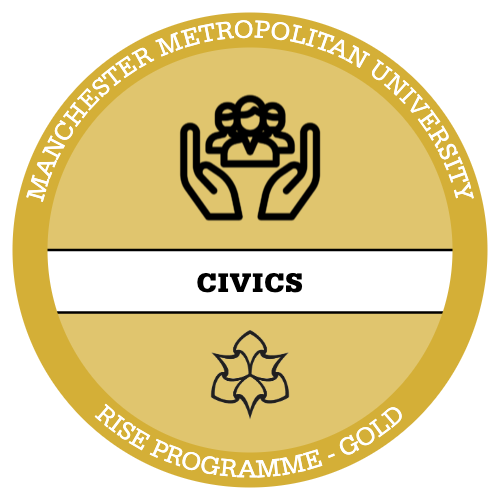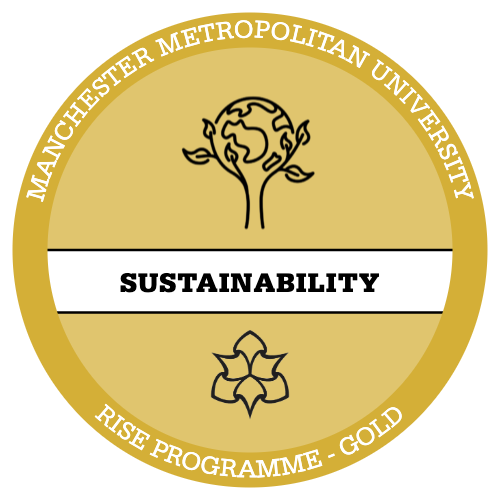Important: To access this course, you’ll need to enrol:[
Self Study Pack Content

j.edwards@mmu.ac.uk
Janet qualified as a speech and language therapist in 1985 and has worked in a range of specialist paediatric posts across the North West. In 2013, Janet joined the Speech and Language Therapy programme team at Manchester Metropolitan University as a senior lecturer. She continues to have an interest in working with children and young people with complex communication difficulties.

e.olyott@mmu.ac.uk
Emma qualified as a Speech and Language Therapist in 1997 and then worked within a variety of NHS Trusts. She specialised in developmental speech and language difficulties and disorders, focusing on supporting children in the early years. Emma joined Manchester Metropolitan University in September 2022 as a Speech and Language Therapy Lecturer.

j.lachkovic@mmu.ac.uk
Julie qualified as a Speech and Language Therapist in 1986. After a mixed post working with children and adults, she specialised in developmental language impairments, autism spectrum conditions and additional learning needs. She is currently Deputy Head of the Department of Health Professions at Manchester Metropolitan University. Her PhD investigated the role of temperament in outcomes for pre-school children with late language development.






